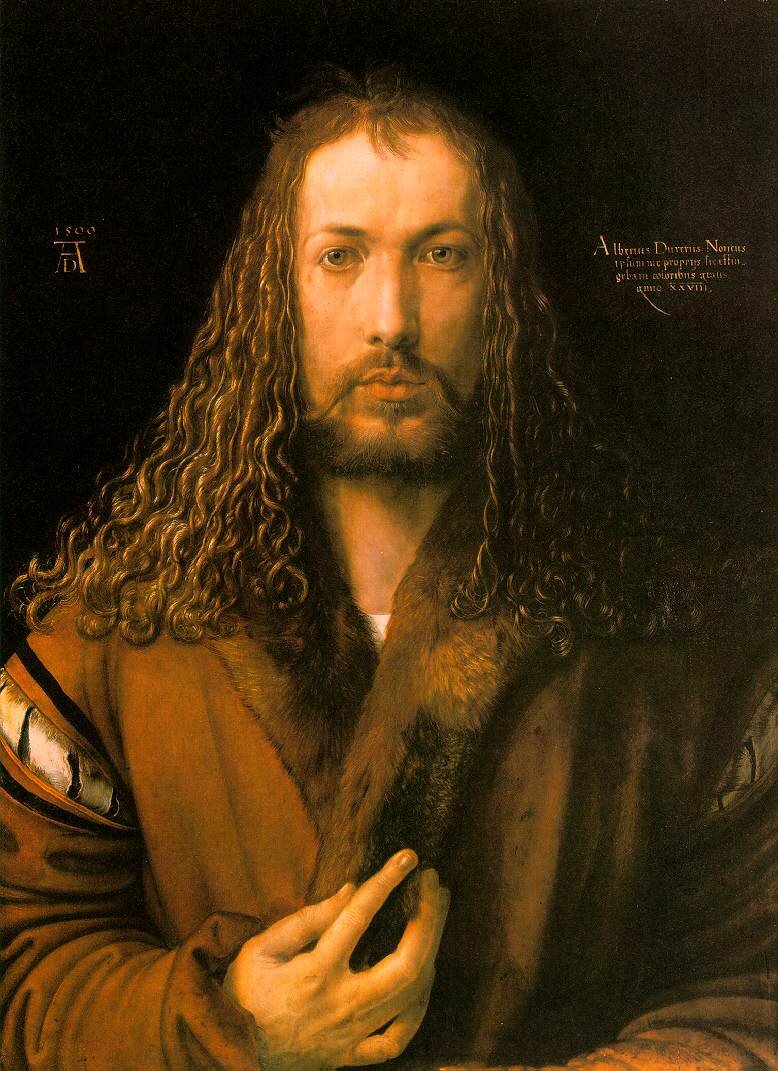John the Baptist by Donatello, polychrome on wood, 1438
Today is the feast of the Baptism of the Lord, or the Theophany. I began my morning as I often do, with an audio Ignatian meditation on the day’s scripture. It is rare that I am able to imagine a biblical scene immediately when asked to, usually I struggle with it and drop it, only to find myself surprised by how it appears in my mind later in the day.
The morning’s sermon by the Dean of our Cathedral may have opened my imagination through its clarity and scope. (You can listen to it by clicking HERE). Also in my mind has been an illustration I made for the feast some years ago, which you will find below.
The baptism of Jesus is a complicated scene—especially when you indulge in conflating all the gospel versions of it and in embellishing the result. We have John clad in camel hair, with the antenna of a locust stuck in his teeth, admonishing the crowd (“You brood of vipers, who warned you to flee from the wrath to come?”) so they would remember their sins and repent of them.
And then Jesus, his cousin, approaches him. It is as if Jesus, rather than the crowd, which, if of more decent appearance would be in a different scene, needs to be cleansed. Jesus, who always knew more and better than John, who, even as a twelve-year-old, sat in the synagogue and astounded everyone with his understanding.
Others there who knew Jesus were also surprised to see him wade into the Jordan. The air around him acquired an opaqueness as it parted with the certain bearing of his being.
There had been rumors surrounding Jesus’ birth. While his parents were holy and good by all accounts, there was an unlikeliness about their lives that followed them everywhere and made those around them unsettled and inclined to question.
“Why, you?” John croaked at his cousin. He gaped like an old wine skin, ruddy from the sun, raw-red where the end of his wet camel hair tunic scraped repeatedly against his knee.
John had made the crowd feel desperate with the words he shouted from the wilderness. The words had turned them out of themselves and drove them into the wilderness to hear more. Now the crowd averted their eyes from the one they hoped would save them as they heard John ask Jesus to baptize him instead.
Then they remembered, vague in the heat, something about a greater one to come wearing dirty sandals.
“No. It is fitting,” Jesus said. John’s studied his cousin’s eyes. His face tautened. He nodded and stretched out his hands……..
Baptism of Jesus by Brynna Carpenter-Nardone





